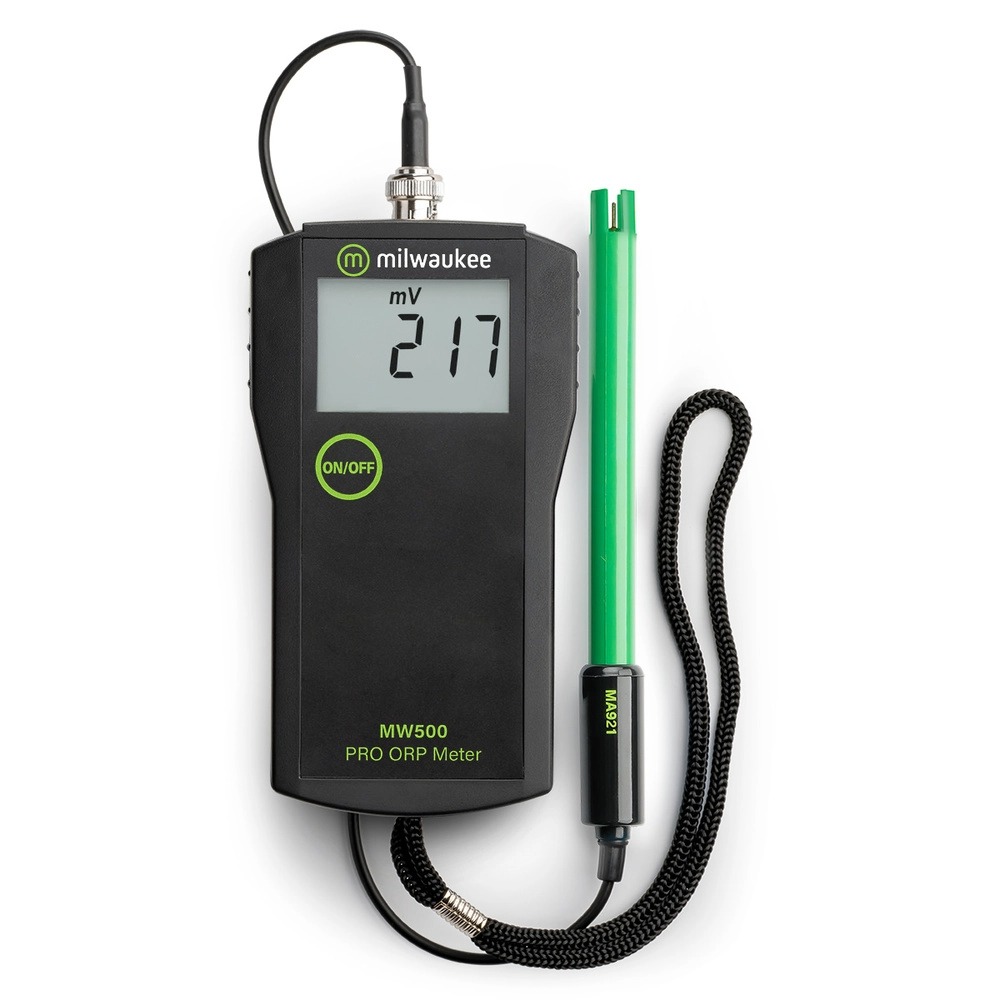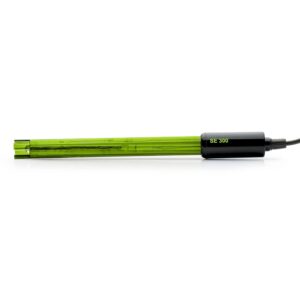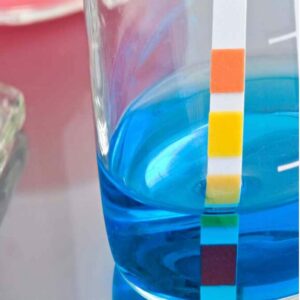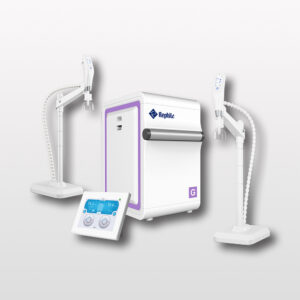
If you’ve ever browsed through our meters and testing equipment, you might have noticed our ORP meters. Now, you may have dismissed ORP as some complicated testing parameter that only scientists use, but it’s more useful than you might think. The science behind our ORP meters is fascinating and we’d love to share it with you.
Before we learn about the function of the testing equipment, we need to address the elephant in the room – what is ORP? ORP stands for oxidation-reduction potential. And what is oxidation-reduction? Well, let’s begin…
Oxidation is the loss of electrons, and reduction is the gain of electrons. So, in an oxidation-reduction (redox) reaction, one substance is oxidised (loses electrons) while another is reduced (gains electrons). Let’s put that in an example: Chlorine is used to kill bacteria because it reacts with bacteria and readily accepts electrons from the bacterial cells. This means that the chlorine oxidises the bacteria, while it undergoes reduction itself. The oxidation of various components of the bacterial cells can denature them and lead to cell death, inhibiting them from further replicating and causing infections – convenient for us!
Since chlorine readily accepts electrons from other cells (oxidising them), it is called an oxidising agent. Substances that tend towards donating electrons to other substances (reducing them) are called reducing agents. While it might be hard to get your head around initially, it is important to understand that oxidising agents (like chlorine) undergo reduction when they oxidise other substances (like bacteria) because the oxidising agents are the ones receiving the electrons. On the other hand, reducing agents undergo oxidation when the reduce other substances.

How does an ORP meter work? An ORP meter contains a probe with two electrodes – a reference electrode and a measuring electrode. The reference electrode is 
What fields of work require ORP testing? ORP testing is most often required in the water treatment industry. Maintaining an appropriate ORP level in swimming pools, spas and drinking water treatment plants ensures effective disinfection as outlined above. ORP measurements also play a crucial role in assessing the health of aquatic ecosystems, monitoring the quality and freshness of food products like fruit juice and wine, and monitoring the quality of soil to ensure optimum plant health.
If this has piqued your interest in ORP meters, you can check out our range RIGHT HERE. Even if you never use an ORP meter, we just hope you learnt something new. At Interlab, we want more people to gain deeper understanding of the intriguing world around us.
To order your ORP meter today, we have a great online ordering system which you can find right here.
You can also order via email: sales@interlab.co.nz or just give us a FREE call 0508 331 331


